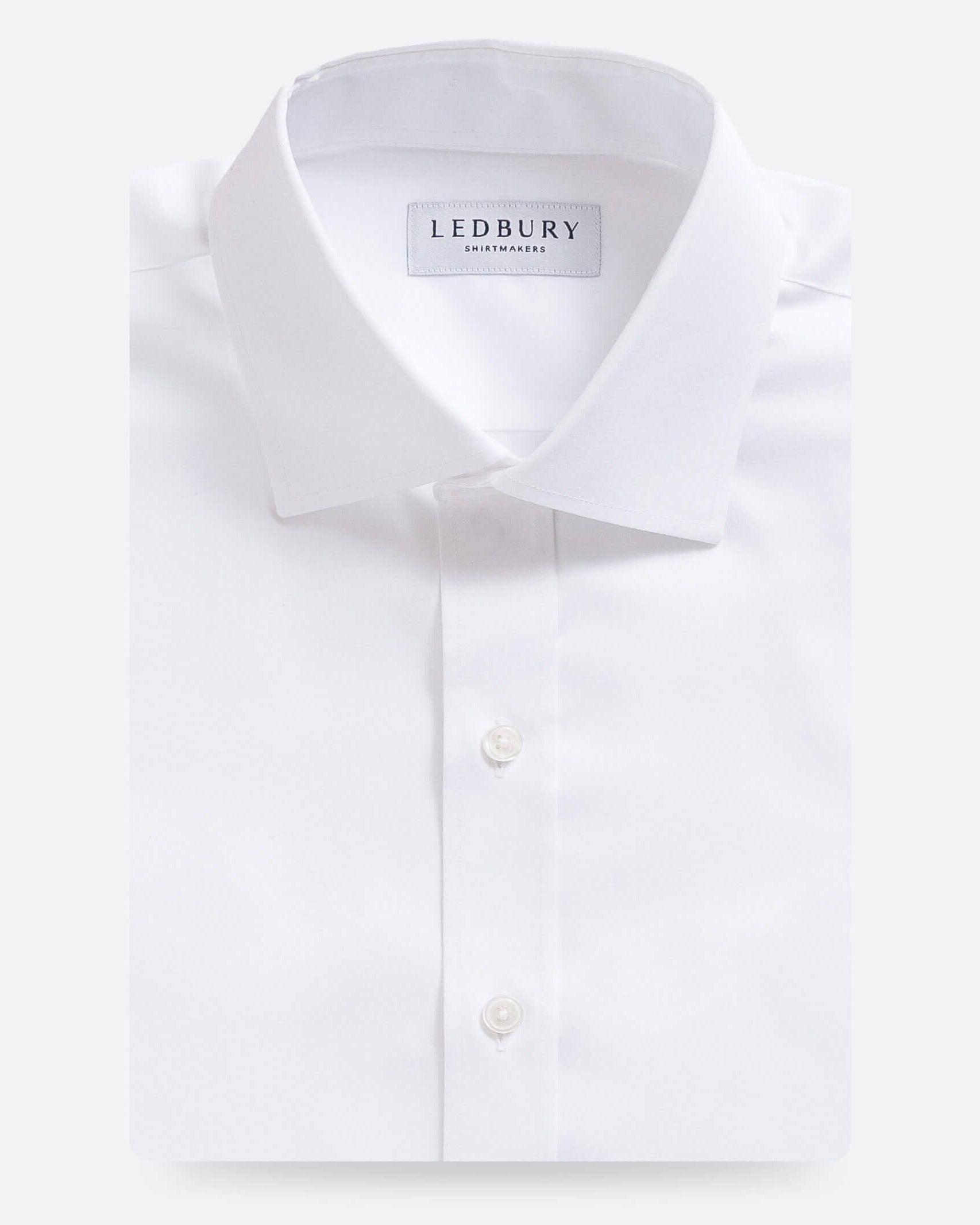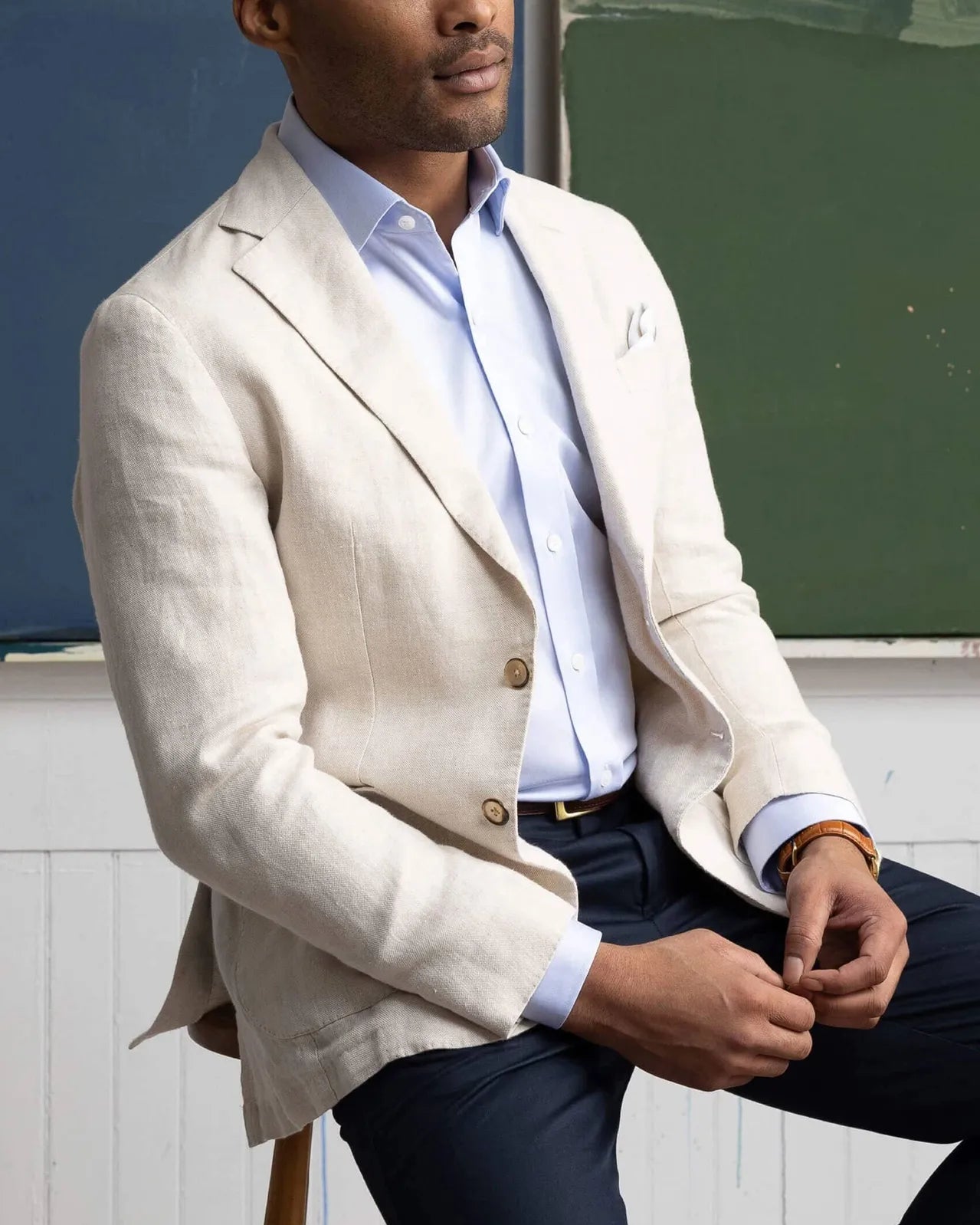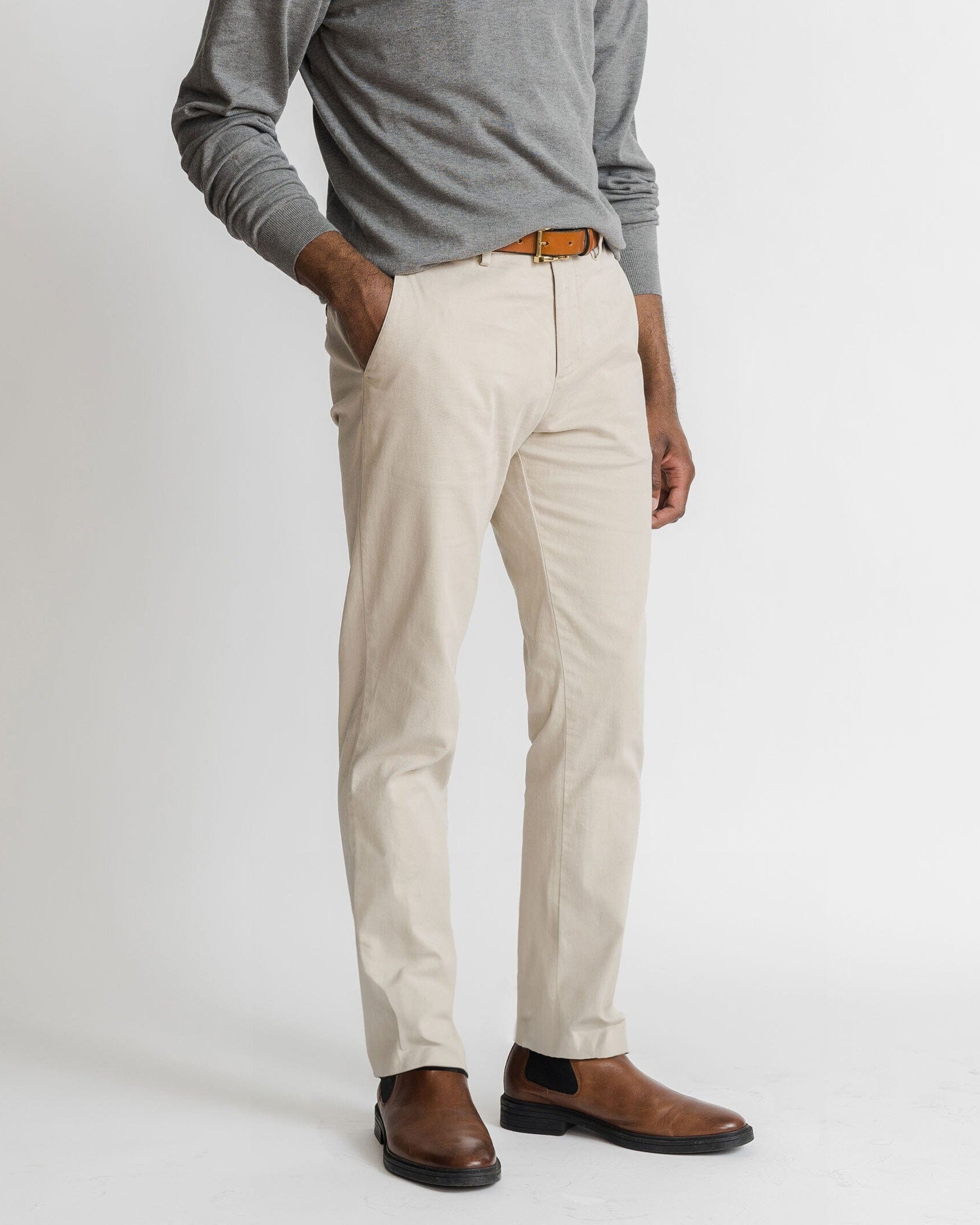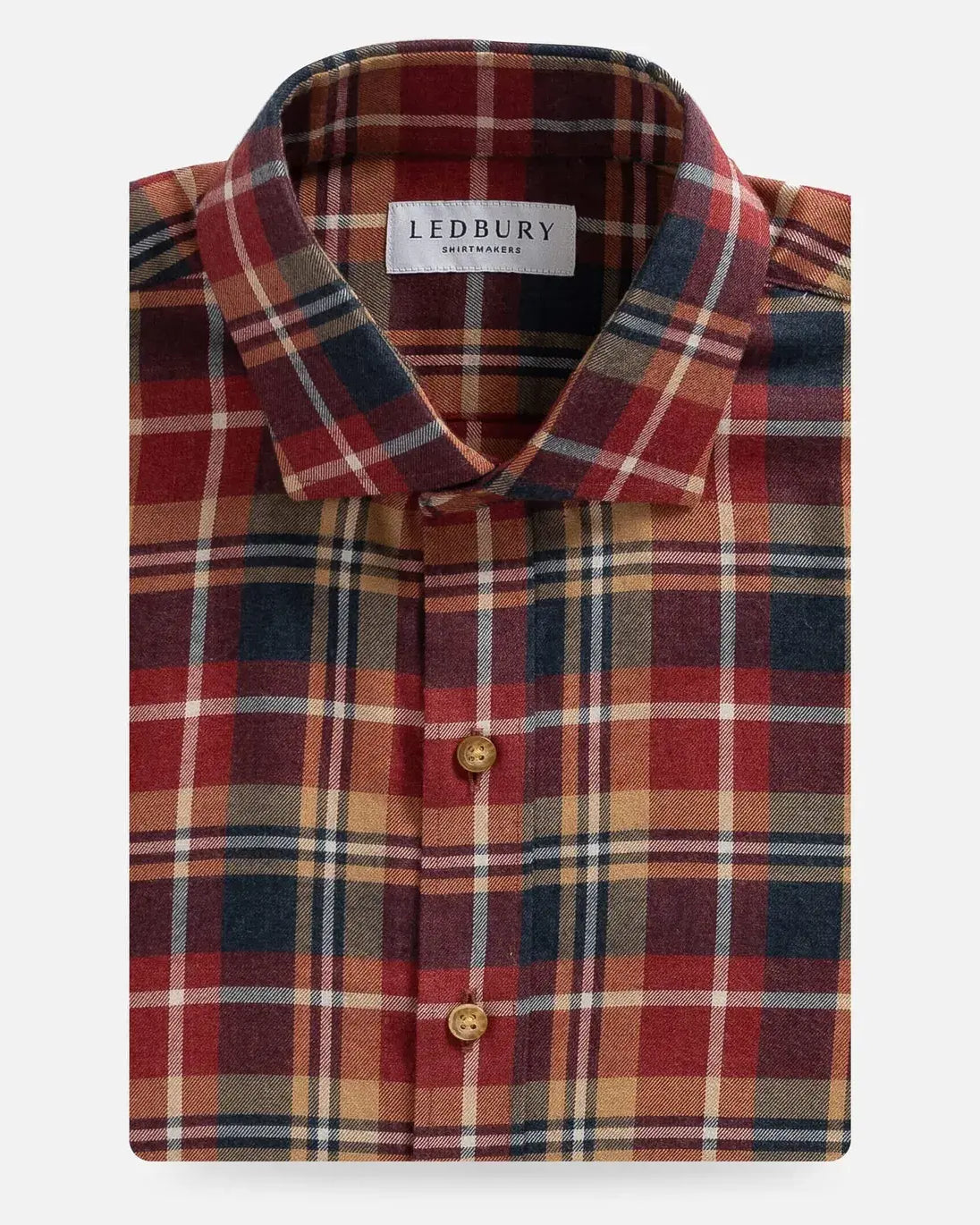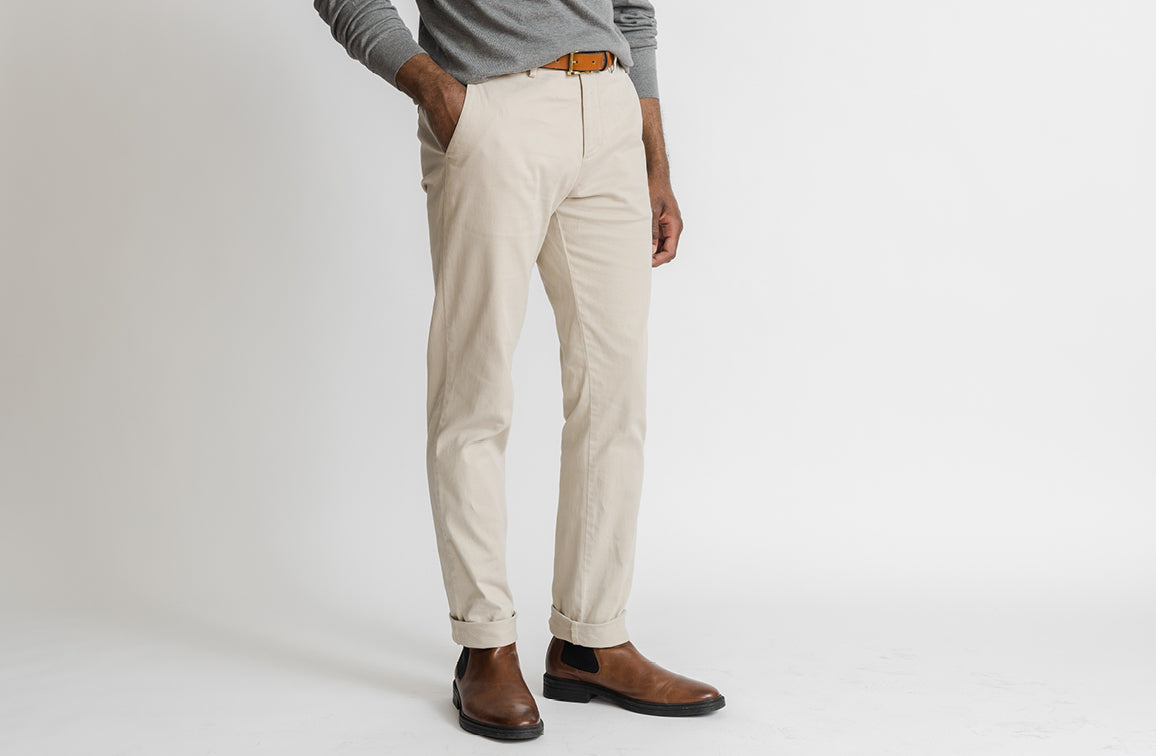





 Even though the trend to digitize-all-the-things continues seemingly unimpeded, there doesn't exist a technology that can replace the experience of handling a piece of print. Maybe one day someone will figure it out, but right now, it’s a still a unique experience. Flipping pages on the iPad doesn’t even compare to diving into the Sunday edition of
The New York Times. The chorus that print is dead, it’s on its final legs, has rumbled for some time now, we see a movement that suggests the contrary. Just in the past few years alone, there has been a renaissance of sorts of the printed piece. As a result, it’s an exciting time in journalism and content.
This new standard of print is a little more focused. It’s not trying to everything to everyone. They are deliberate, intentional collections that cater to more targeted and increasingly niche audiences. One particular publication that has caught our attention is
The Collective Quarterly. Each issue focuses on a single location and profiles the people and places there. The first issue explored the creative community of Marfa, Texas. Interestingly,
The Collective Quarterly also employs a retail component in addition to their featured content. When the magazine selects an area to document, they also bring along a group of artists and craftspeople to see what happens once everyone is together. The result is that readers can track the process of inspiration to design to production in a way that they couldn't in more conventional settings. For example, John Mooty, of Faribault Woolen Mill, made a blanket inspired by the colors of the wide skies of West Texas. That blanket then inspired the design and production of a backpack and a quilted vest.
Speaking of inspiration, travel and new locations are a major foundation of the magazine and drive its narrative. It’s the mantra that quietly hums in the background. We had the pleasure of catching up with Seth Putnam,
The Collective Quarterly’s Editorial Director, just back from his trip to Brazil. We discussed everything from the origins of the magazine to his perspective on travel and its influence on the creative process.
Tell us a little bit about your team and what prompted you to start your own publication.
The Collective is exactly what the name implies: a venture that relies entirely on the concept of the team. Our core group is made up of about eight men and women, with many others coming on trips and helping out behind the scenes, so this definitely doesn’t exist without them. My co-founder, Jesse Lenz, and I oddly met through Instagram, and hardly any of our team live in the same city. We’ve got folks in West Virginia, Chicago, Minnesota, Phoenix, San Francisco, New York, and more—which can make the editorial process a bit tricky across all those different time zones. Ultimately, we started a 200-page print magazine because we realized travel plays a gigantic role in all of our creative processes and we wanted to explore that in a deeper way (that, and we wanted an excuse to jet-set for work!).
What makes
The Collective Quarterly different than other publications that profile the creative community of makers?
I’m biased, of course, but I’m pretty proud of commitment to diligent reporting and honest storytelling. Secondly, everything that makes it into the magazine sprouts out of time spent on the ground, usually a two or three weeks spent in the area we’re profiling. That makes for sort of a fun challenge. The other major thing is that besides doing the usual travel-magazine stuff (interviewing interesting people in that spot) we also bring with us a team of artists and craftspeople (think: a woodworker, a painter, a blanket maker). We put them together with the fascinating characters we’ve met, and then once the trip is over they go home and make something in their discipline inspired by their experience there. So you’re getting to see the way a physical place inspires tangible goods…and then get a hold of them yourself if you so desire.
You are extremely well-traveled. Where is your favorite place you've been to and why?
Recent trips to Argentina, Israel, and Montana are way up there. But if I have to pick, it’s the upper coast of Northern Ireland. I’m a sucker for the UK, it was the first time I’d ever traveled out of the country, and it completely changed my worldview.
What's the best gig you've gotten to travel for?
Besides whichever location we're scouting/shooting at the moment for
The Collective Quarterly, the one that sticks out is an assignment I had in March to drive a Ford Explorer down the side of a canyon in Moab, Utah. Canyons are beautiful, stomach-churning phenomena.
How do you choose the locations for Collective Quarterly?
We look for places that exhibit a surprising contrast. For example, our Marfa issue is based in West Texas: cowboy country. But suddenly you happen upon all sorts of modern art and contemporary architecture springing up out of the desert. It’s that kind of bizarre juxtaposition that really gets us going. Oh, and places where you can’t seem to get cell service.
What travel destination is at the top of your priority list?
Istanbul. Favelas in Rio de Janeiro. The southern tip of of Argentina.
What is one thing (or a few things) that you never travel without?
A New Trent external battery pack. I used to think it was stupid to carry around a battery for your battery, but the thing can charge an iPhone six times and has saved my bacon more than once since I do so much of my reporting on that device.
Also a notepad and a pen, call me old-fashioned.
How do you occupy your time in transit?
Reading articles I’ve saved via Pocket and listening to Spotify. Sometimes filing stories on deadline. And catching up on email, which always piles up.
You spend a lot of time on the road, but when you're back at home in Chicago, how do you decompress?
Great question, and one I need to answer since I’m headed home after six weeks on the road. Ideally, drinks with friends, the beach, some time on the couch with a good book, and playing plenty of soccer.
Traveling often gives us inspiration for personal projects - it seems that you have these moments quite often. What is your favorite project that was born from spending time away?
The Overserved Society, a cocktail party I host with my friend Blake Royer. Technically it started after traveling to a different time (rather than a place), when cocktails didn’t suck. But once we kicked it off, we started to explore the way others across the country stir their spirits, and we’ve definitely let that curiosity influence some of the places we choose to visit.
Even though the trend to digitize-all-the-things continues seemingly unimpeded, there doesn't exist a technology that can replace the experience of handling a piece of print. Maybe one day someone will figure it out, but right now, it’s a still a unique experience. Flipping pages on the iPad doesn’t even compare to diving into the Sunday edition of
The New York Times. The chorus that print is dead, it’s on its final legs, has rumbled for some time now, we see a movement that suggests the contrary. Just in the past few years alone, there has been a renaissance of sorts of the printed piece. As a result, it’s an exciting time in journalism and content.
This new standard of print is a little more focused. It’s not trying to everything to everyone. They are deliberate, intentional collections that cater to more targeted and increasingly niche audiences. One particular publication that has caught our attention is
The Collective Quarterly. Each issue focuses on a single location and profiles the people and places there. The first issue explored the creative community of Marfa, Texas. Interestingly,
The Collective Quarterly also employs a retail component in addition to their featured content. When the magazine selects an area to document, they also bring along a group of artists and craftspeople to see what happens once everyone is together. The result is that readers can track the process of inspiration to design to production in a way that they couldn't in more conventional settings. For example, John Mooty, of Faribault Woolen Mill, made a blanket inspired by the colors of the wide skies of West Texas. That blanket then inspired the design and production of a backpack and a quilted vest.
Speaking of inspiration, travel and new locations are a major foundation of the magazine and drive its narrative. It’s the mantra that quietly hums in the background. We had the pleasure of catching up with Seth Putnam,
The Collective Quarterly’s Editorial Director, just back from his trip to Brazil. We discussed everything from the origins of the magazine to his perspective on travel and its influence on the creative process.
Tell us a little bit about your team and what prompted you to start your own publication.
The Collective is exactly what the name implies: a venture that relies entirely on the concept of the team. Our core group is made up of about eight men and women, with many others coming on trips and helping out behind the scenes, so this definitely doesn’t exist without them. My co-founder, Jesse Lenz, and I oddly met through Instagram, and hardly any of our team live in the same city. We’ve got folks in West Virginia, Chicago, Minnesota, Phoenix, San Francisco, New York, and more—which can make the editorial process a bit tricky across all those different time zones. Ultimately, we started a 200-page print magazine because we realized travel plays a gigantic role in all of our creative processes and we wanted to explore that in a deeper way (that, and we wanted an excuse to jet-set for work!).
What makes
The Collective Quarterly different than other publications that profile the creative community of makers?
I’m biased, of course, but I’m pretty proud of commitment to diligent reporting and honest storytelling. Secondly, everything that makes it into the magazine sprouts out of time spent on the ground, usually a two or three weeks spent in the area we’re profiling. That makes for sort of a fun challenge. The other major thing is that besides doing the usual travel-magazine stuff (interviewing interesting people in that spot) we also bring with us a team of artists and craftspeople (think: a woodworker, a painter, a blanket maker). We put them together with the fascinating characters we’ve met, and then once the trip is over they go home and make something in their discipline inspired by their experience there. So you’re getting to see the way a physical place inspires tangible goods…and then get a hold of them yourself if you so desire.
You are extremely well-traveled. Where is your favorite place you've been to and why?
Recent trips to Argentina, Israel, and Montana are way up there. But if I have to pick, it’s the upper coast of Northern Ireland. I’m a sucker for the UK, it was the first time I’d ever traveled out of the country, and it completely changed my worldview.
What's the best gig you've gotten to travel for?
Besides whichever location we're scouting/shooting at the moment for
The Collective Quarterly, the one that sticks out is an assignment I had in March to drive a Ford Explorer down the side of a canyon in Moab, Utah. Canyons are beautiful, stomach-churning phenomena.
How do you choose the locations for Collective Quarterly?
We look for places that exhibit a surprising contrast. For example, our Marfa issue is based in West Texas: cowboy country. But suddenly you happen upon all sorts of modern art and contemporary architecture springing up out of the desert. It’s that kind of bizarre juxtaposition that really gets us going. Oh, and places where you can’t seem to get cell service.
What travel destination is at the top of your priority list?
Istanbul. Favelas in Rio de Janeiro. The southern tip of of Argentina.
What is one thing (or a few things) that you never travel without?
A New Trent external battery pack. I used to think it was stupid to carry around a battery for your battery, but the thing can charge an iPhone six times and has saved my bacon more than once since I do so much of my reporting on that device.
Also a notepad and a pen, call me old-fashioned.
How do you occupy your time in transit?
Reading articles I’ve saved via Pocket and listening to Spotify. Sometimes filing stories on deadline. And catching up on email, which always piles up.
You spend a lot of time on the road, but when you're back at home in Chicago, how do you decompress?
Great question, and one I need to answer since I’m headed home after six weeks on the road. Ideally, drinks with friends, the beach, some time on the couch with a good book, and playing plenty of soccer.
Traveling often gives us inspiration for personal projects - it seems that you have these moments quite often. What is your favorite project that was born from spending time away?
The Overserved Society, a cocktail party I host with my friend Blake Royer. Technically it started after traveling to a different time (rather than a place), when cocktails didn’t suck. But once we kicked it off, we started to explore the way others across the country stir their spirits, and we’ve definitely let that curiosity influence some of the places we choose to visit.
For more about The Collective Quarterly, visit their website and follow them on Instagram. Seth also has a great Instagram, which we’d recommend following as well. Pick up Issue Ø of The Collective Quarterly online, or at these retailers. All images courtesy of Seth Putnam

